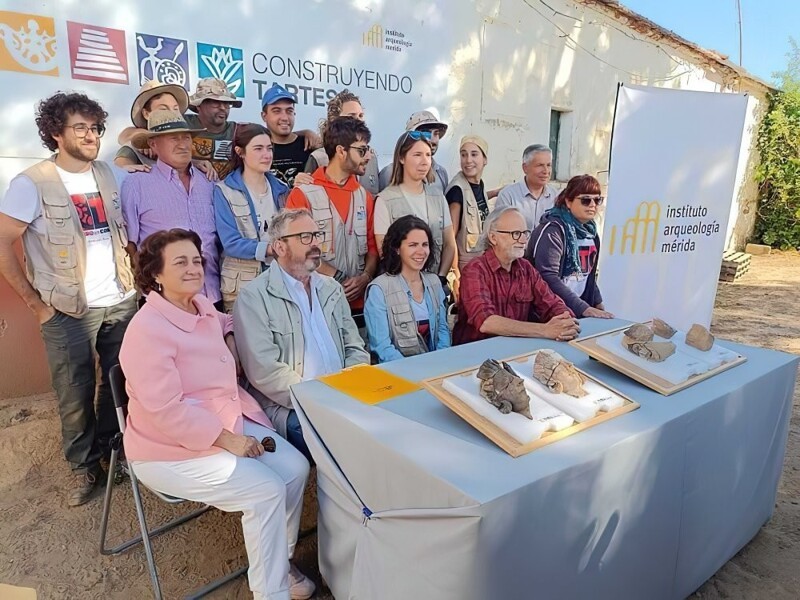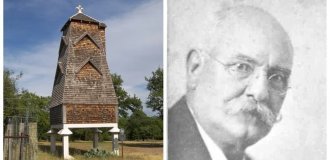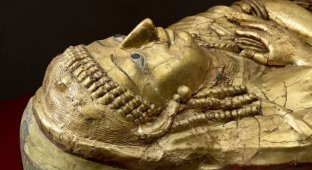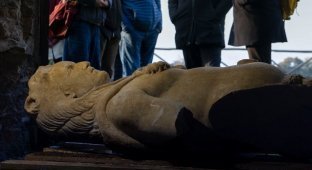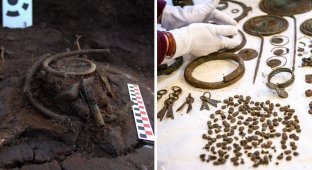Archaeologists have discovered the first images of the inhabitants of the legendary Tartessos (6 photos)
Archaeologists from the National Research Council of Spain (CSIS) excavate at Casas de Turunuelo in the southwest Spain, trying to find traces of the disappeared Iberian civilization of Tartessos. Recently they were lucky: five busts were found, two of which turned out to be pretty detailed. These are the first images of the Tartessians, that the modern world has ever seen. 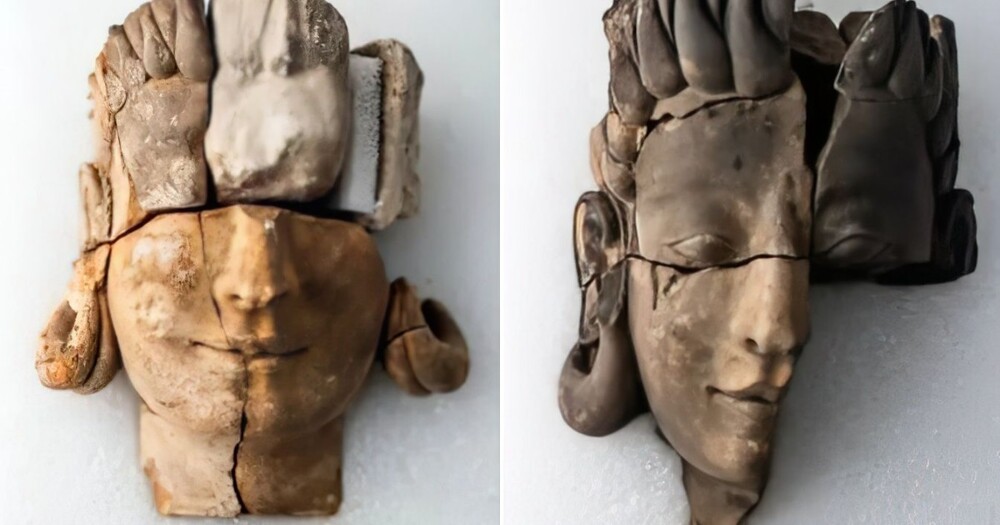
The ancient city of Tartessus existed in the south of Iberia (modern Andalusia and Extremadura) in the 1st millennium BC. e. According to the surviving mentions, the Tartessians were a people with a developed culture and trade. They owned mines, extracting silver, copper, lead in them, and traded valuable metals with Phoenicia, and then Carthage. Tartessos is considered one of the earliest Western European civilizations and possibly the first on the Iberian Peninsula. 
In the southwest of the Iberian Peninsula, the Tartessian culture first appeared in the Late Bronze Age. Culture is a combination local Paleo-Spanish and Phoenician features, as well as the use of the current an extinct language known as Tartessian. People of Tartessus well versed in metallurgy and metal processing. 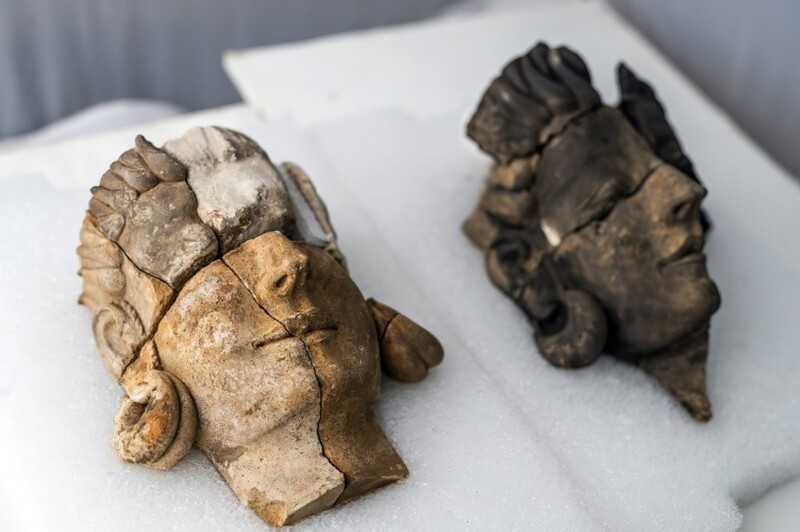
Found stone busts, their beautiful faces, inclusion in the image of jewelry (ring-earrings) and special hairstyles resemble ancient sculptures of the Middle East and Asia.
These unique finds represent a "profound shift paradigms" in the interpretation of the Tartessian culture, press conferences of excavation leaders Celestino Perez and Esther Rodriguez. 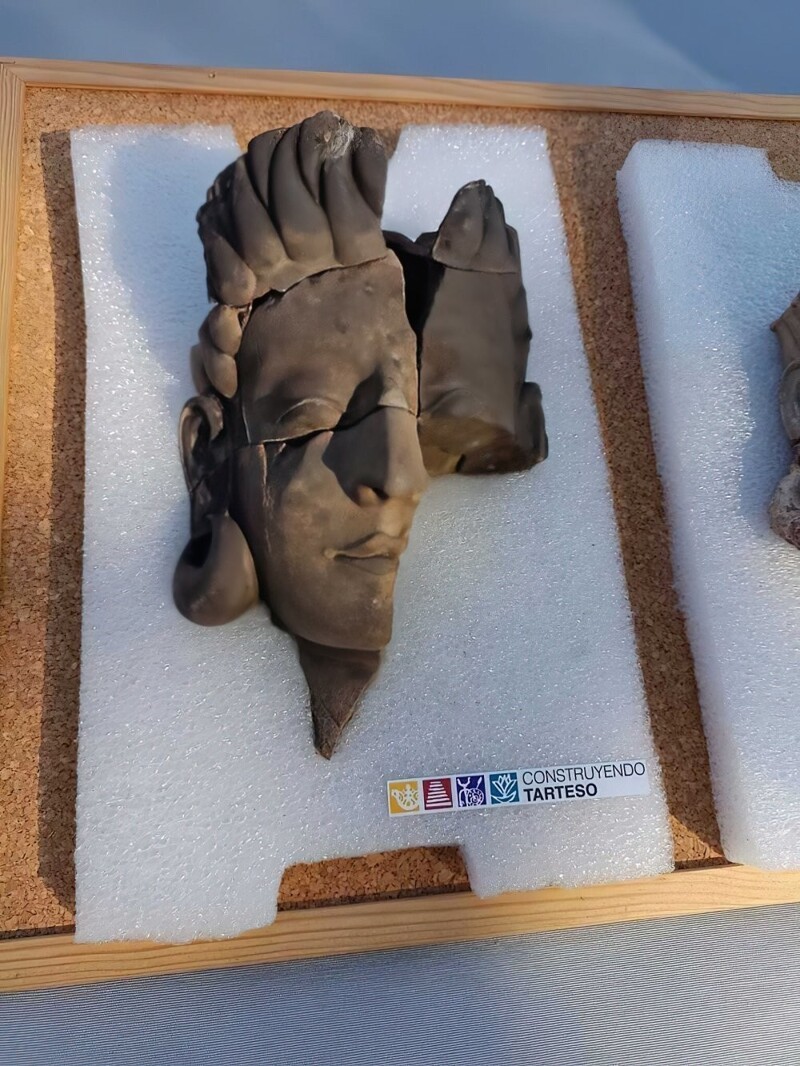
The ancient society of the Tartessians is shrouded in mystery, since before we have received very little information about Tartessos and very little archaeological evidence. According to historical records, the port of Tartessus was located in mouth of the Guadalquivir River in what is now Cadiz. In the 4th century BC AD, the Greek historian Ephor described it as a flourishing civilization centered on the production and trade of tin, gold and other metals.
Historians do not know for certain where the Tartessians came from, whether they were an indigenous tribe with eastern influence or Phoenician a colony that settled behind the Pillars of Hercules (Strait of Gibraltar). 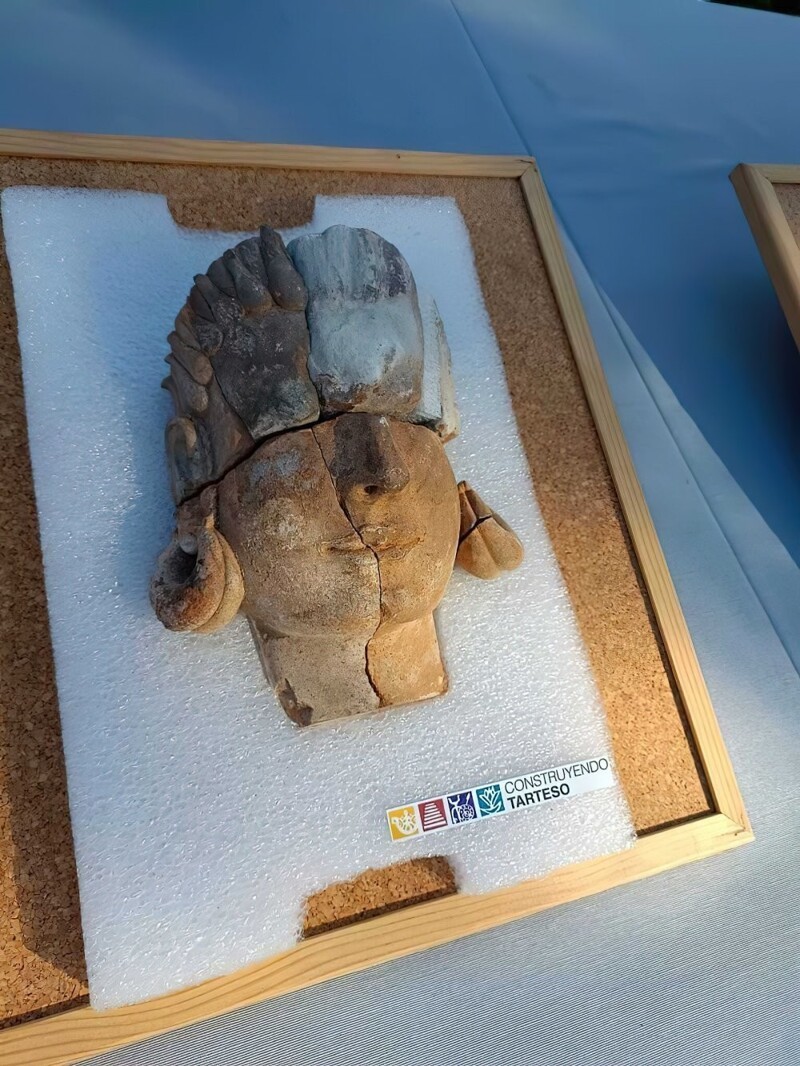
Scientists from the Institute of Archeology of Merida believe that the busts found depict not ordinary Tartessians, but their gods (although Previously, the Tartessian religion was considered as aniconic, that is, not using idols and images of the gods).
The sculptures were found on the site of an ancient temple or pantheon. Perhaps they were part of a stone fresco depicting four deities, watching the Tartessian warrior, because on one of the split busts have a helmet. Archaeologists are determined to continue their research, to at least slightly open this page of ancient history. 